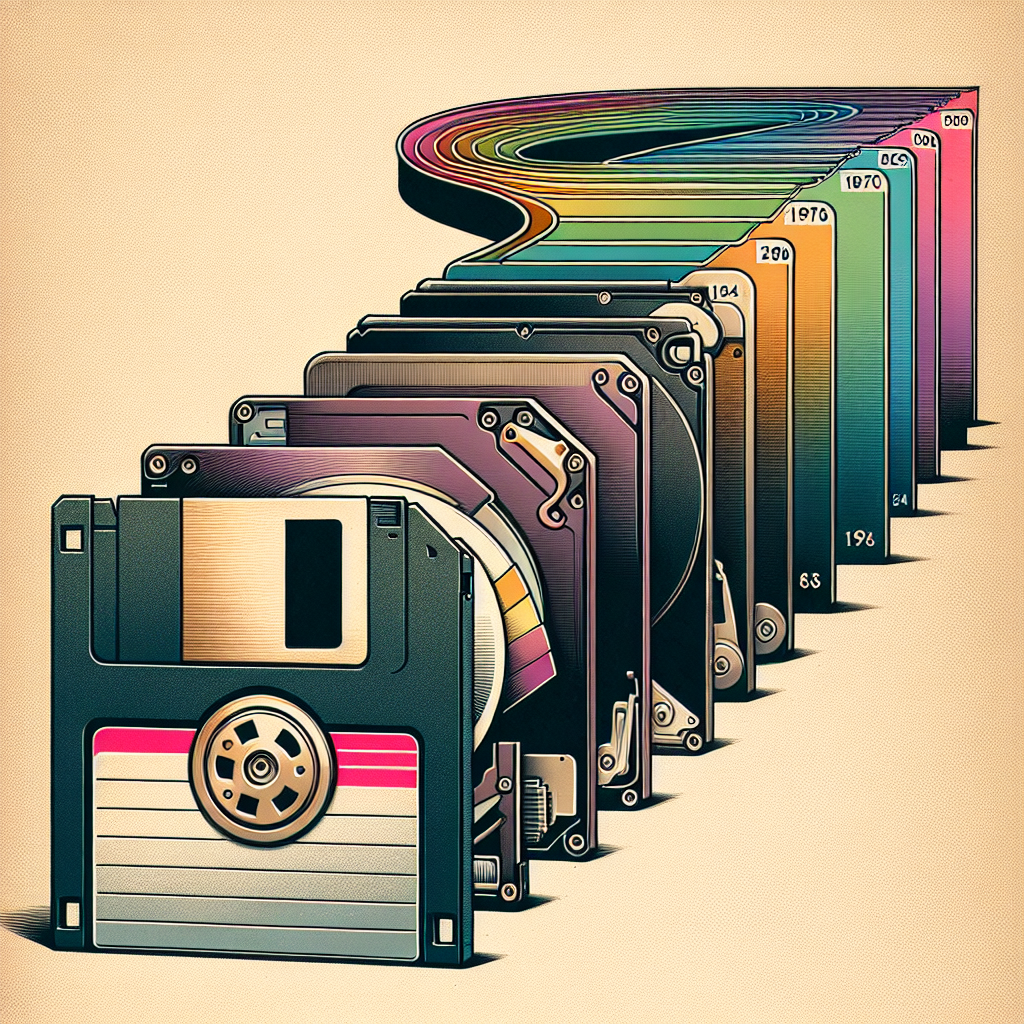The Evolution of Magnetic Storage: From Floppy Disks to Solid-State Drives
Magnetic storage has come a long way since the days of floppy disks. These iconic storage devices were once the go-to option for storing and transferring data, but with advancements in technology, they have been largely replaced by more efficient and high-capacity options such as solid-state drives (SSDs).
Floppy disks were first introduced in the 1970s and quickly became popular due to their portability and ease of use. However, their limited storage capacity and slow read/write speeds meant that they were quickly surpassed by newer storage technologies.
The next major innovation in magnetic storage came in the form of hard disk drives (HDDs). These devices used magnetic disks to store data and were much faster and more reliable than floppy disks. HDDs quickly became the standard for storing large amounts of data, and are still widely used today in desktop computers, laptops, and servers.
In recent years, solid-state drives have emerged as the new standard for storage technology. Unlike HDDs, which use spinning disks, SSDs use flash memory to store data. This allows them to be much faster, quieter, and more durable than traditional HDDs. SSDs also have the added benefit of being more energy efficient, which can lead to longer battery life in laptops and other portable devices.
While SSDs are more expensive than HDDs, the price of flash memory has been steadily decreasing, making them more accessible to consumers. As a result, many new computers and laptops now come equipped with SSDs as standard, and they are also commonly used in high-performance gaming systems and servers.
The evolution of magnetic storage from floppy disks to solid-state drives has been a remarkable journey. As technology continues to advance, it is likely that we will see even more improvements in storage technology in the future. Who knows what the next generation of storage devices will look like? Only time will tell.


